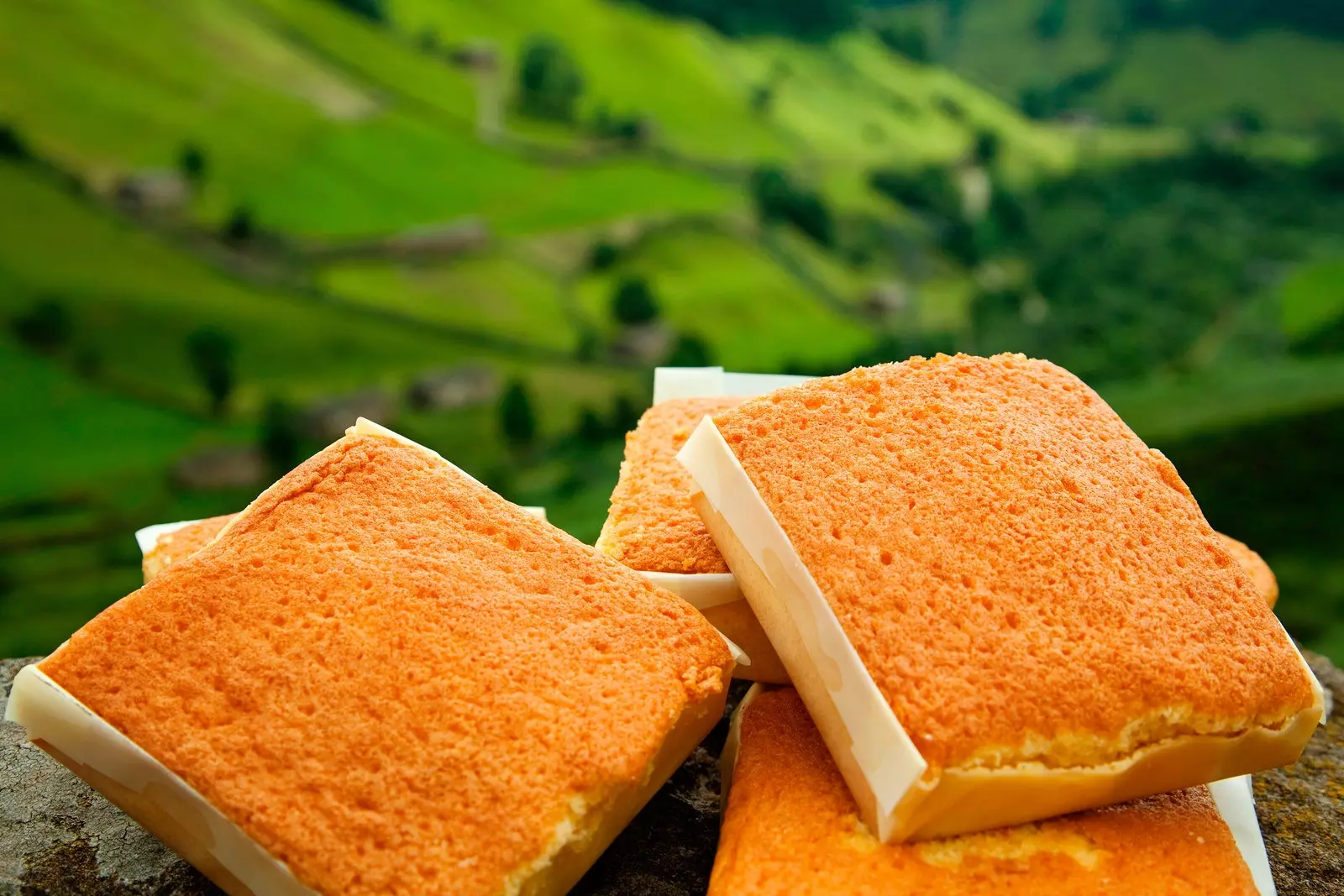
Ode to sobao pasiego
Nobody is bitter about a sweet and, let's face it, opening the paper that covers a sobao pasiego , is to let the place where we do it, be filled with an intoxicating egg and butter aroma . Fluffy and sweet, sobaos pasiegos have managed to position themselves as one of the great contributions in gastronomy, from Cantabria to the world . And only a few ingredients are needed to make a bun that makes us touch the sky with the palate. Flour, eggs, milk, sugar and butter. But, where do they come from? why are they called sobaos? Y What is the secret that makes everyone who tries them fall in love?
THE PASIEGO VALLEYS, THE CRADLE OF SOBAO
To understand it, we go to the place where it all began and that, centuries later, is still the cradle of sobao, the Pas Valleys . The landscape could not be more like a postcard, one of those that you imagine when they talk to you about Cantabria. the river pas (which gives its name to the valley), the Pisueña and the Miera (Do you remember Liérganes and the legend of the Fish Man?) pass through this area, giving rise to a charming natural setting.
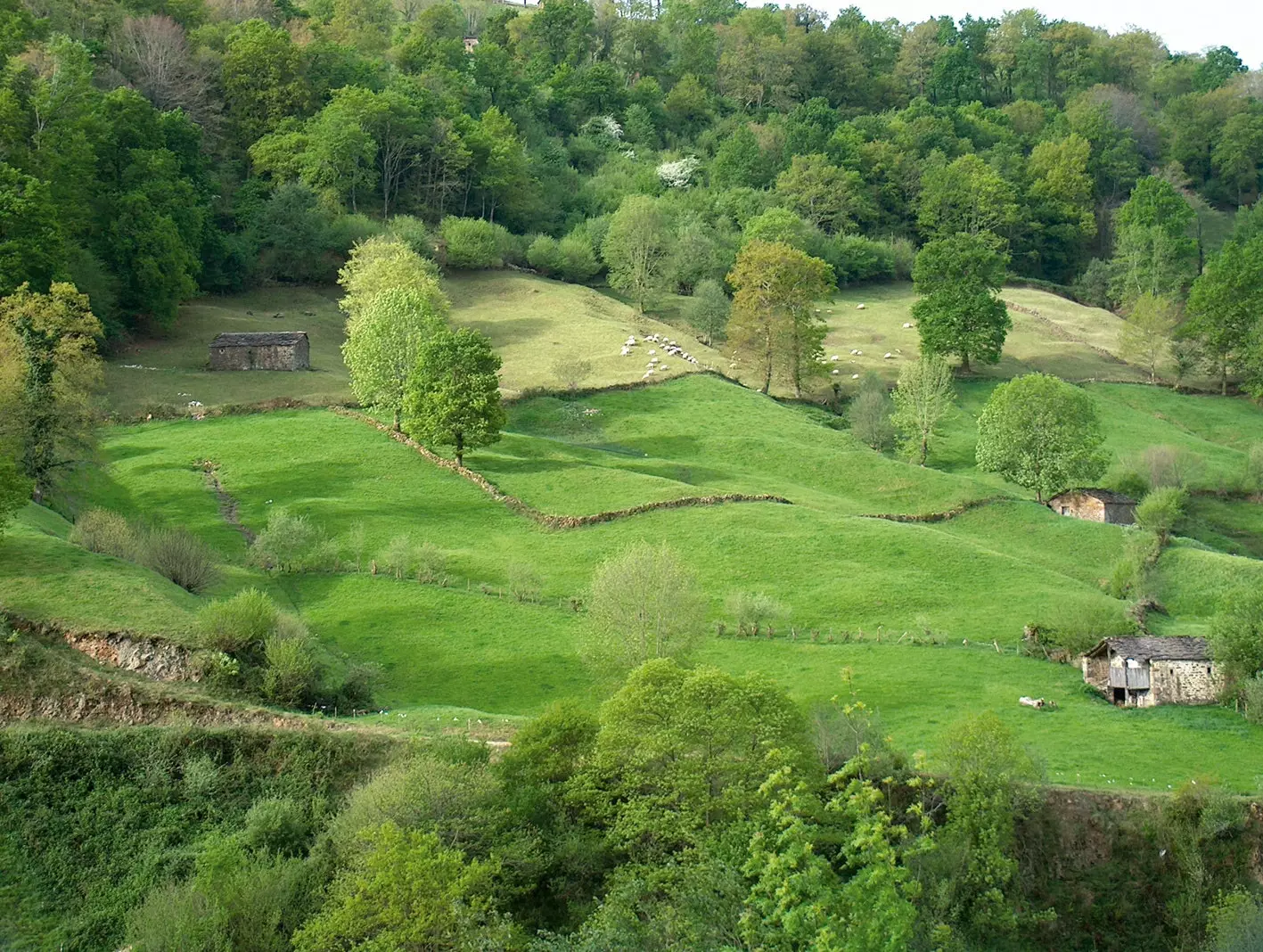
The Pas Valleys: the origin of sobao
And precisely there, surrounded by wide and green pastures, is where the pasiega cattle . Also known as 'rojinas' -because of their reddish hair-, they roam freely and adapt to rough terrain, providing exceptional milk due to its high fat content . This milk has been the basis for making many dishes in the area, as well as our favorite Cantabrian sweet, sobao. The milk from these cows has been the livelihood of farmers in the area for centuries. Isolated. No rest days, no great technological advances . Once again, the field and its work take on an unassailable value.
Time seems to have stopped in the Valles Pasiegos . And not only because of its landscape, surrounded by small stone huts that serve as a refuge for shepherds, but also because of its own endemic culture and the survival of ancestral forms , such as the practice of transhumance.
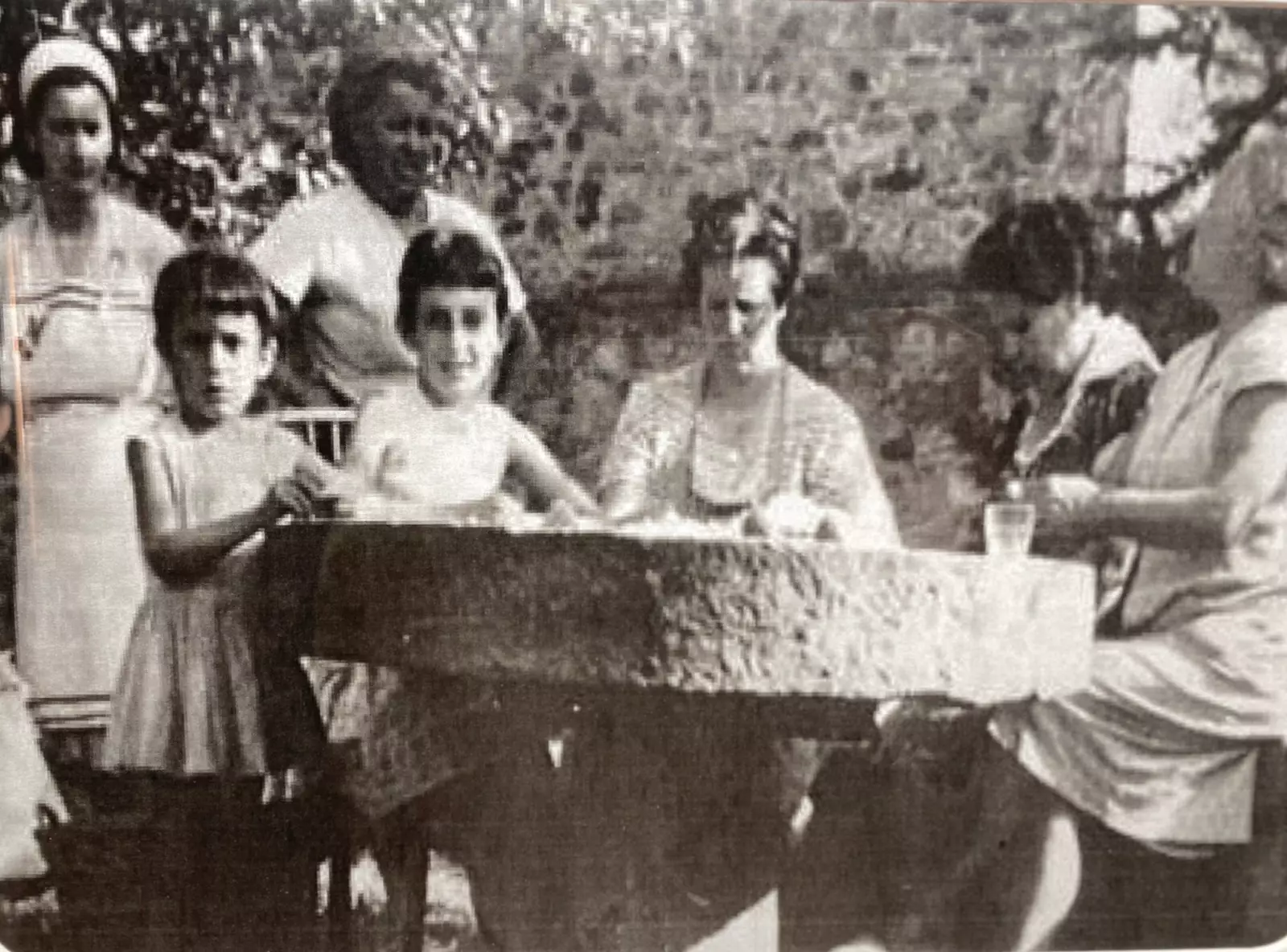
Joselín family making sobaos pasiegos
HOW WAS THE SOBAO BORN? FROM SELLING IT AT FAIRS TO PRODUCT WITH I.G.P
The origin of prescription not entirely clear, but could start to be made in the 19th century . What is known is that it was born like many of the recipes that make us happy, by advantage and of humble origin.
In many houses in the valleys of Pas there were surplus butter, milk, eggs, and cheese . In the beginning, the sobao was prepared with breadcrumbs , to which were added eggs and butter . then came into play sugar and lemon zest . And it was the end of the 19th century, when Pasiega women wore them to sell at markets and fairs , making sobao increasingly popular in Cantabria.
There were no more secrets than a good raw material ( flour, butter, sugar, eggs, salt, lemon zest and yeast ) and the technique of kneading the mix by hand , better known in the area as ' knead', whose name do the sobaos come from.
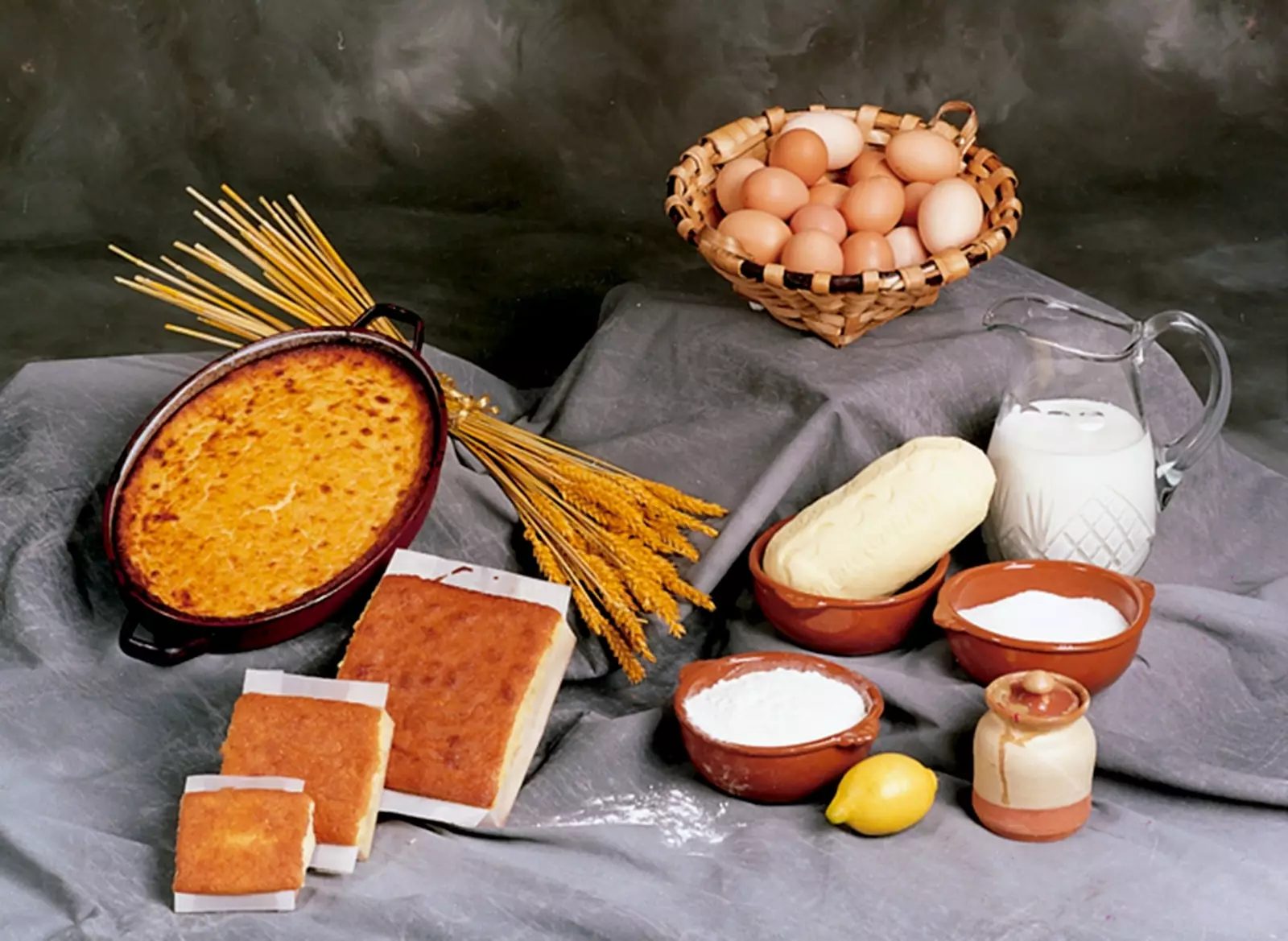
Sobaos and quesadas from the Pasiegos Valleys
In 2004 came the long-awaited Protected Geographical Indication , which in addition to describing the qualities that a Pas sobao must have, protected an endemic product of the Pas Valleys.
How to recognize them? The PGI lays the foundations with organoleptic requirements , As the color of the crumb that must be intense yellow , the tan surface , they must have a dense yet fluffy texture and a buttery aroma . They also appeal to their morphological criteria, with a certain size and weight, which distinguishes them into three types, large (130-180 g.), medium (40-80 g.) and small (20-40 g.).
JOSELIN: THE STORY OF ONE OF THE GREAT HOUSES OF SOBAOS PASIEGOS
And within these valleys, there are two cribs where the sobao is especially important, Selaya and Vega de Pas . Precisely in the first, one of the most famous brands was born, with international relevance, Joselín Sobaos Pasiegos and Quesadas . The post-war period arrived and the scarcity became more than evident, raging in rural areas. Maria Angeles Sainz Garcia , second generation together with her sister, at the head of Joselín, explains how it all started.
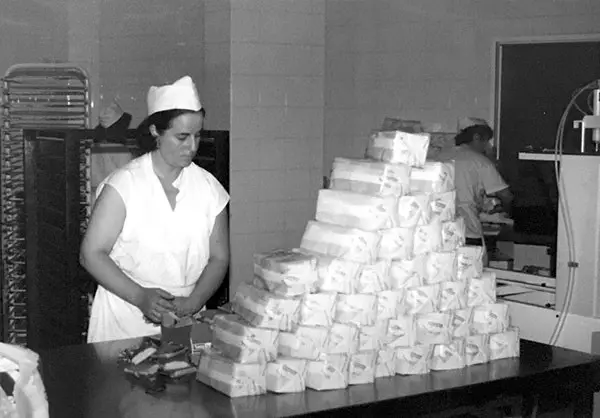
María Ángeles packing sobaos
“My parents lived in Vega de Pas and my father worked as a baker. His salary was not enough to eat... For a few years they dedicated themselves to the flour black market and when the market was regularized, they stopped having that bonus that it provided them. In the town, the sobaos were already made in the houses, as a celebration, at parties... And It was sold in the houses themselves at times of fair , when dealers came to buy cattle, which, after all, was what has always been lived in the Pasiegos Valleys.”
It was then that his mother, Antonia, began to knead her first sobaos at home with the help of her neighbor Lucía , to take them to bake at the bakery. Once prepared, she sold them at the selaia market.
“They managed to set up a workshop at home and the pace of work changed . It began to be taken to other markets, to Santander, to Torrelavega... And it was done by bus and by train. It took a whole day of pilgrimage to carry four boxes of sobaos”, he tells Traveler.es Mary Angels . But then came the Lambretta . With it they could move outside the traditional routes and the company began to grow.
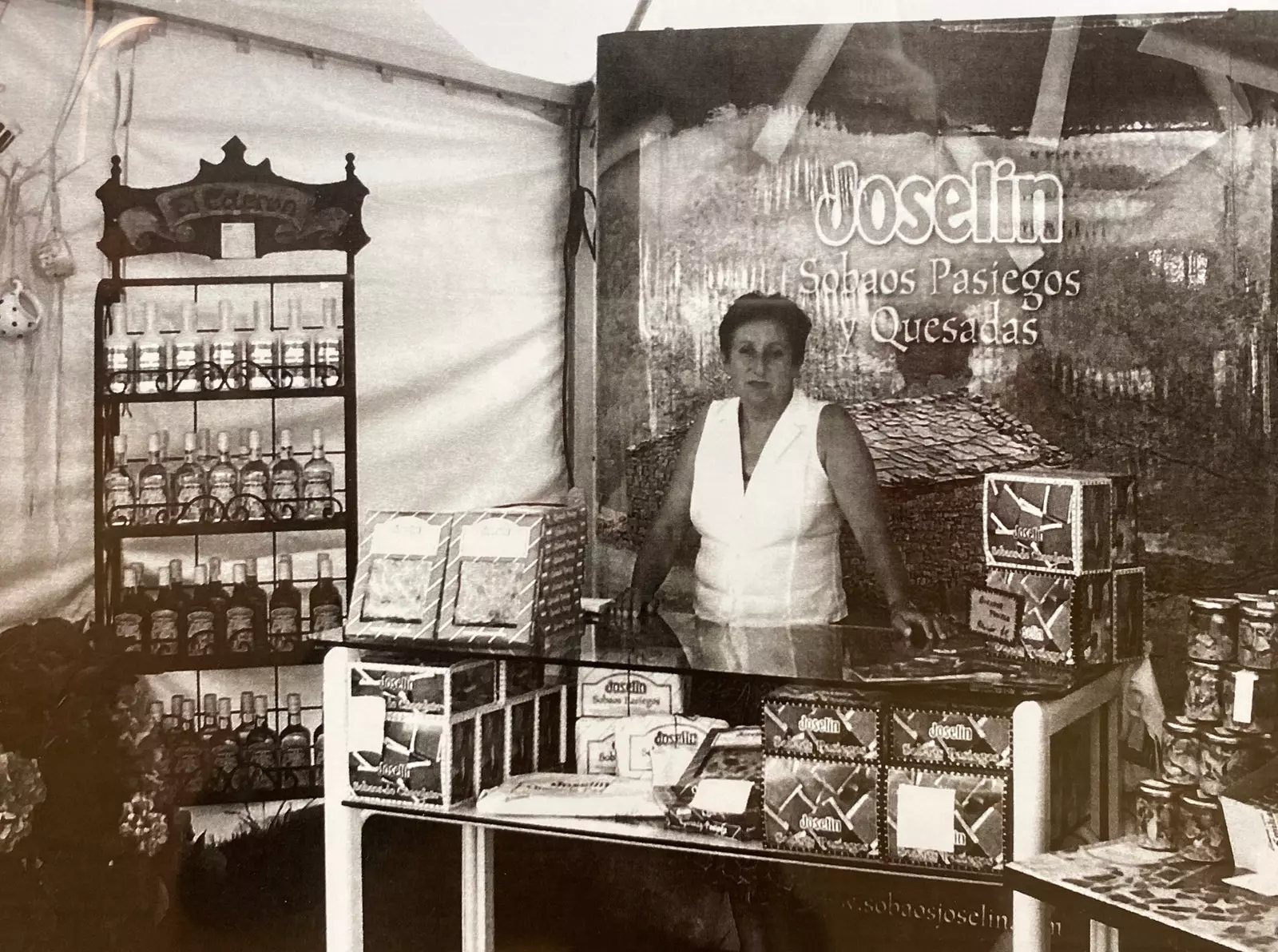
Maria at the Magdalena Fair in 2002
From those first orders that first only filled a wooden trunk or later a van, now, in high season, they can make 60,000 sobaos a day and in average season between 25,000 and 40,000 . And with its exceptional product, the awards arrived, which in addition to its flavor, as in 2017 and 2018 with the 'Great Taste' award or in 2018 the 'Superior Taste Awards' for its organic and chocolate sobaos , have also recognized their work, as with the 'First Prize of Excellence for Innovation for Rural Women' awarded by the Ministry of the Environment and Rural and Marine Affairs in 2010. “This award marked a before and after. We have fought a lot. Against all odds, when the market did not demand a quality artisan product. Despite the regrets, we decided to move on and after a few years , we are harvesting everything we sow”, points out its General Director.
Also, her work in terms of sobao and quesada pasiega, is didactic . Isn't a product better appreciated the more you know about it? A sobao museum? Of course. “ In 2018 we opened the museum , where we tell the history of the region, the sobao pasiego and quesada and our company. From there you can also see the workshop where we work and we complement it with a multipurpose room where we hold workshops to make your own sobaos or host small exhibitions by artists from the area”, concludes María Ángeles.
Casa El Macho, El Andral, Casa Olmo, Vega Pas, Los Pasiegos de Diego... are just some of the other brands that keep alive the history of the richest bun in all of Cantabria, the sobao pasiego.
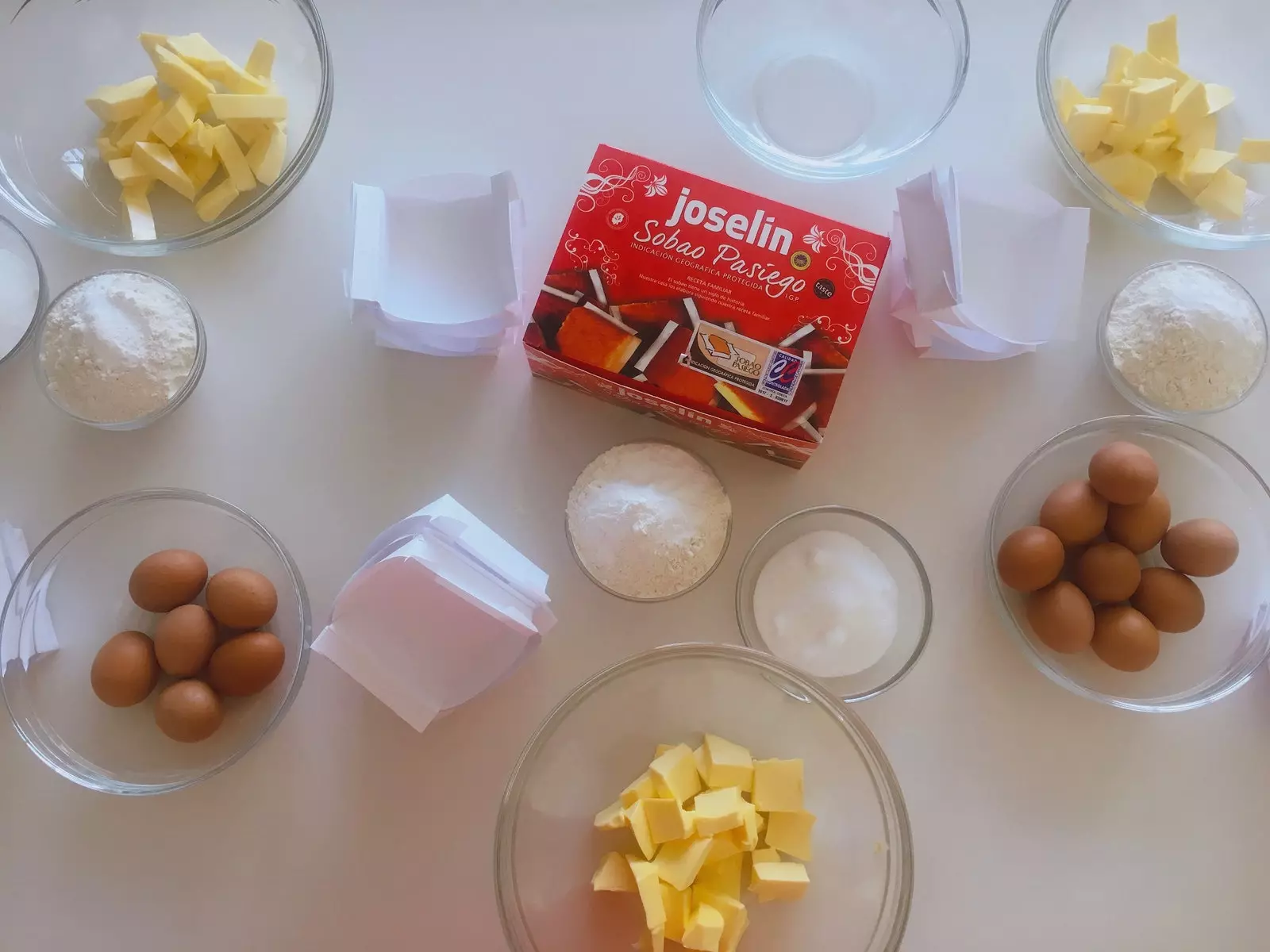
Ingredients for the sobaos pasiegos Joselín
